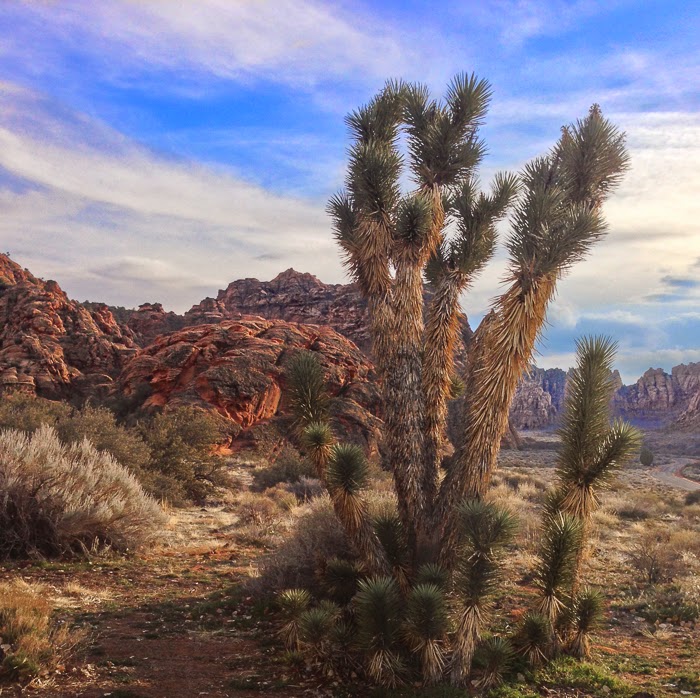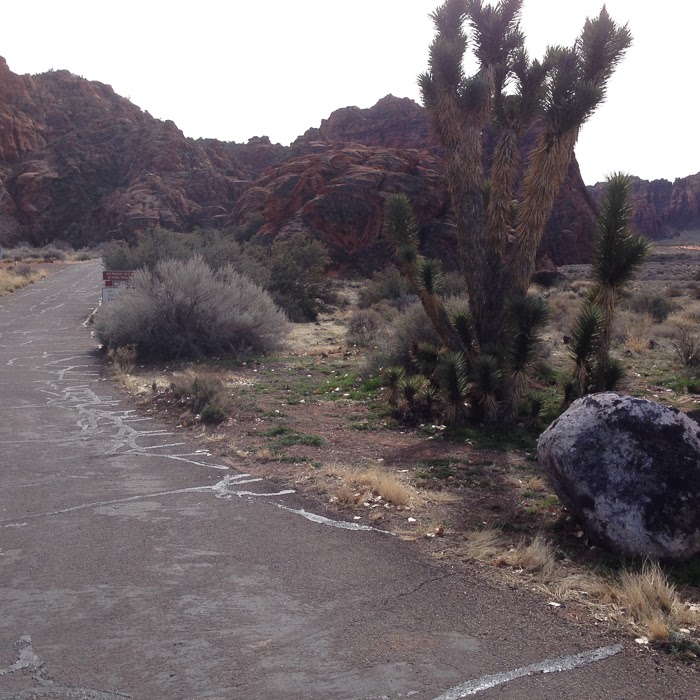Jan's comment about my last two posts sparked a few thoughts I'd like share.
I mentioned that I had taken the photos with my iphone, and her comment was: "Those are spectacular photos from your phone. Those little cameras do a great job but I'm sure you added some "blessings" to the final product."
Jan was giving me a sincere compliment, (thank you Jan), but I began thinking about what she meant by adding some 'blessings' to the final product. I don't know for sure, but I'm thinking she was referring to editing or enhancing the photos on the computer, which I often do. But in reality, that's a minor part of the process.
I think that years ago, before Photoshop, most of us did not realize that many photos, back to Ansel Adams and beyond, were 'retouched' in the darkroom, and more recently with the invention of Photoshop and other programs, 'edited' on the computer. In those days when we saw a photo of a beautiful portrait or a spectacular landscape, we just assumed it came straight out of the camera and we applauded the artistry of the photographer.
Fast forward a few years and now most everyone knows about Photoshop and the ability photographers have to alter their photos. Plus, sophisticated digital cameras are now owned by it seems most everyone, not just professionals. It is easy to suspect that now every beautiful photo has been edited and that photographers can give every photo the 'wow' factor with just a few mouse clicks. This idea goes hand in hand with the idea that the bigger and more expensive the camera, the better the photos will be. (I can't tell you how many people have said to me, "I really need to get a good camera so I can take pictures like that"). In reality, both of these notions are not accurate.
First of all, no amount of editing can turn a bad photo into a wow photo, (unless you are going for something abstract, fantasy or unconventional in some other way). Second, even the most expensive cameras take bad photos, lots of them!
The bottom line is that the photographer taking the photo is still the major factor that determines whether a photo is mediocre or awesome. Learning to 'see the light', learning to recognize an interesting composition, taking the time to put all the elements together, being at the right place at the right time, etc., these are the most important things that will determine the quality of a photo.
Here is a repost of one of the photos Jan was referring to, and here's how I came to take this photo. Late afternoon I noticed that the sky was lightly overcast with thin clouds which created soft, beautiful shadows on the red rock, unlike the harsh shadows and washed out colors that direct sunlight causes. I knew the weather conditions were right for beautiful light. I picked the time when I knew the sun would be low in the sky, just before sunset when the warm light would enhance the red rocks. I looked for a composition where the red rocks were facing the right direction and were bathed in the warm sunlight. Then I looked for an interesting foreground object, (the cactus), and studied the scene from several directions. When it all came together, I took the photo. I did very little editing on the computer, mainly cropped out a rock I thought was distracting. And since I used my iphone to take the photo, I didn't use any fancy settings, lenses or filters. I didn't do anything difficult, just took a little time and used a little easily learned knowledge, and that's what counts.
Just to show you the difference, I went back to the same spot the next day, not giving any thought to the things I took into consideration for the first photo. I just walked to the same spot in the middle of the day and snapped a shot. This time the sky was heavily overcast but still much brighter than the scenery. The camera automatically reduced the exposure because of the bright sky, making all the scenery look dark. A large part of the composition shows an unattractive road and boring white sky.
Bottom line: No amount of editing can compensate for an uninteresting composition and poor light. Thoughtful decisions made by the photographer are always the beginning of a great photo, and then sometimes, editing can make a great photo even better. (In the case of the two photos Jan was talking about, the 'blessings' did not take place in the computer, but in the field!)
I mentioned that I had taken the photos with my iphone, and her comment was: "Those are spectacular photos from your phone. Those little cameras do a great job but I'm sure you added some "blessings" to the final product."
Jan was giving me a sincere compliment, (thank you Jan), but I began thinking about what she meant by adding some 'blessings' to the final product. I don't know for sure, but I'm thinking she was referring to editing or enhancing the photos on the computer, which I often do. But in reality, that's a minor part of the process.
I think that years ago, before Photoshop, most of us did not realize that many photos, back to Ansel Adams and beyond, were 'retouched' in the darkroom, and more recently with the invention of Photoshop and other programs, 'edited' on the computer. In those days when we saw a photo of a beautiful portrait or a spectacular landscape, we just assumed it came straight out of the camera and we applauded the artistry of the photographer.
Fast forward a few years and now most everyone knows about Photoshop and the ability photographers have to alter their photos. Plus, sophisticated digital cameras are now owned by it seems most everyone, not just professionals. It is easy to suspect that now every beautiful photo has been edited and that photographers can give every photo the 'wow' factor with just a few mouse clicks. This idea goes hand in hand with the idea that the bigger and more expensive the camera, the better the photos will be. (I can't tell you how many people have said to me, "I really need to get a good camera so I can take pictures like that"). In reality, both of these notions are not accurate.
First of all, no amount of editing can turn a bad photo into a wow photo, (unless you are going for something abstract, fantasy or unconventional in some other way). Second, even the most expensive cameras take bad photos, lots of them!
The bottom line is that the photographer taking the photo is still the major factor that determines whether a photo is mediocre or awesome. Learning to 'see the light', learning to recognize an interesting composition, taking the time to put all the elements together, being at the right place at the right time, etc., these are the most important things that will determine the quality of a photo.
Here is a repost of one of the photos Jan was referring to, and here's how I came to take this photo. Late afternoon I noticed that the sky was lightly overcast with thin clouds which created soft, beautiful shadows on the red rock, unlike the harsh shadows and washed out colors that direct sunlight causes. I knew the weather conditions were right for beautiful light. I picked the time when I knew the sun would be low in the sky, just before sunset when the warm light would enhance the red rocks. I looked for a composition where the red rocks were facing the right direction and were bathed in the warm sunlight. Then I looked for an interesting foreground object, (the cactus), and studied the scene from several directions. When it all came together, I took the photo. I did very little editing on the computer, mainly cropped out a rock I thought was distracting. And since I used my iphone to take the photo, I didn't use any fancy settings, lenses or filters. I didn't do anything difficult, just took a little time and used a little easily learned knowledge, and that's what counts.
Just to show you the difference, I went back to the same spot the next day, not giving any thought to the things I took into consideration for the first photo. I just walked to the same spot in the middle of the day and snapped a shot. This time the sky was heavily overcast but still much brighter than the scenery. The camera automatically reduced the exposure because of the bright sky, making all the scenery look dark. A large part of the composition shows an unattractive road and boring white sky.
Bottom line: No amount of editing can compensate for an uninteresting composition and poor light. Thoughtful decisions made by the photographer are always the beginning of a great photo, and then sometimes, editing can make a great photo even better. (In the case of the two photos Jan was talking about, the 'blessings' did not take place in the computer, but in the field!)


